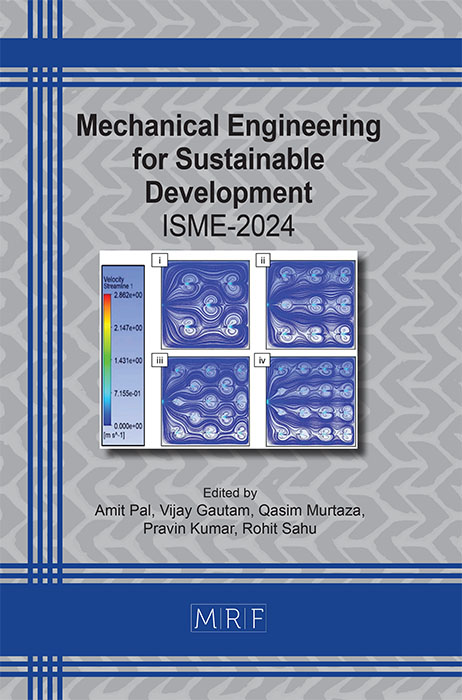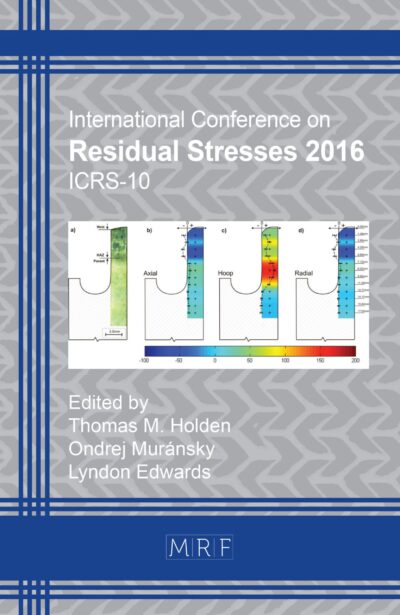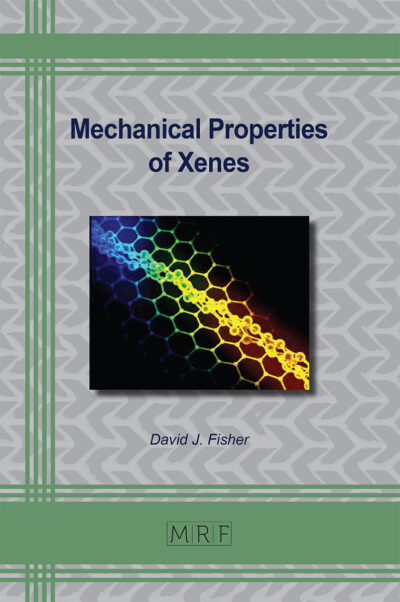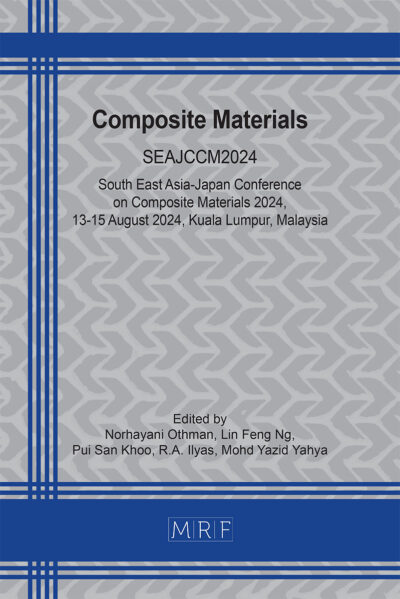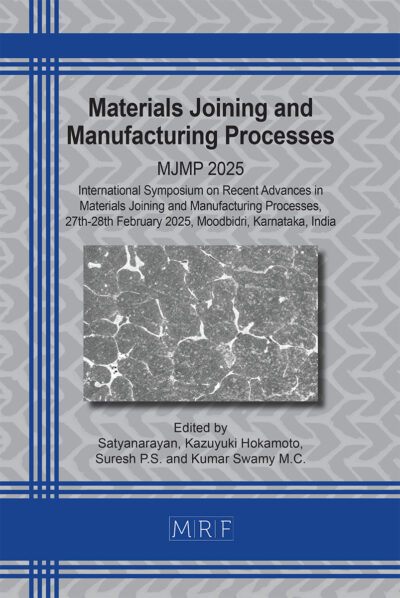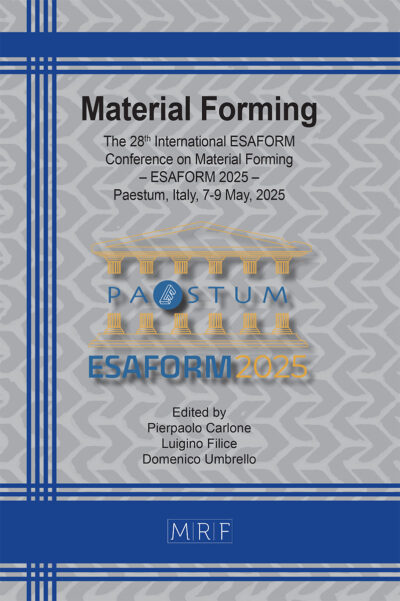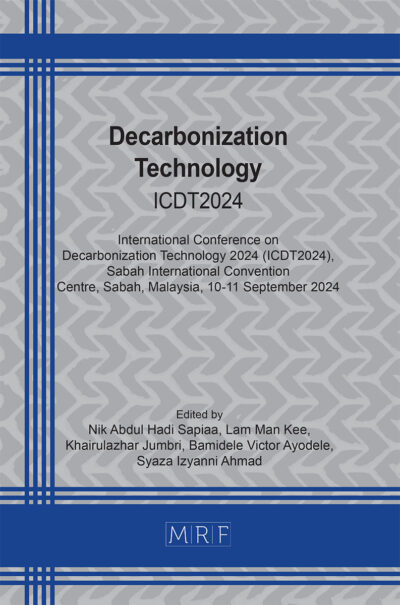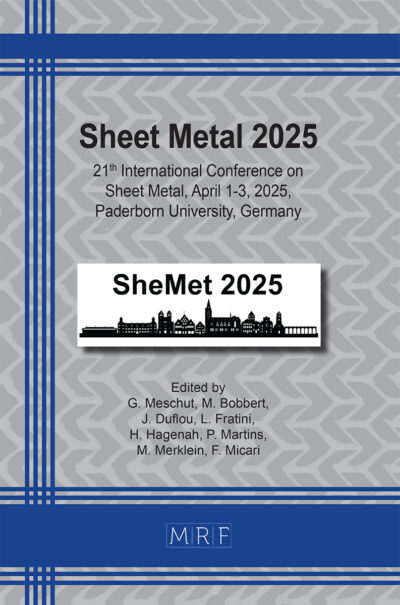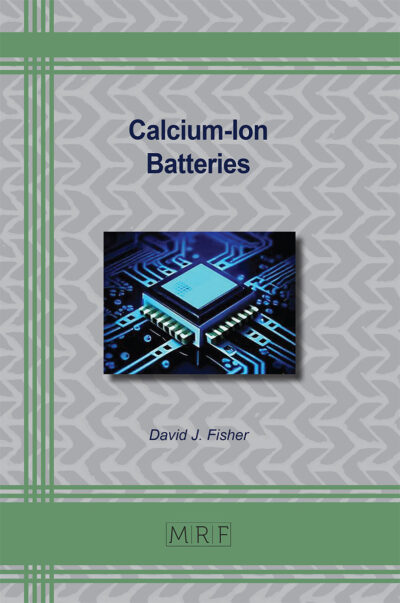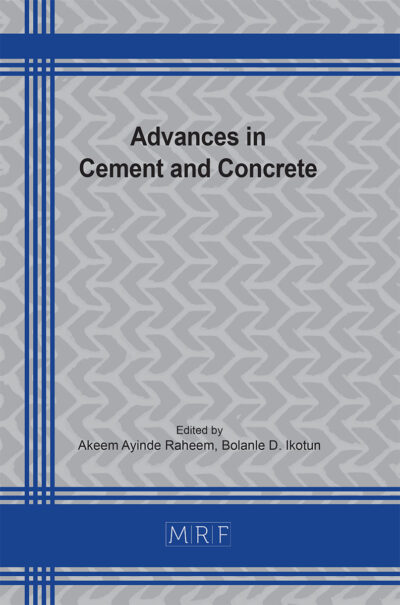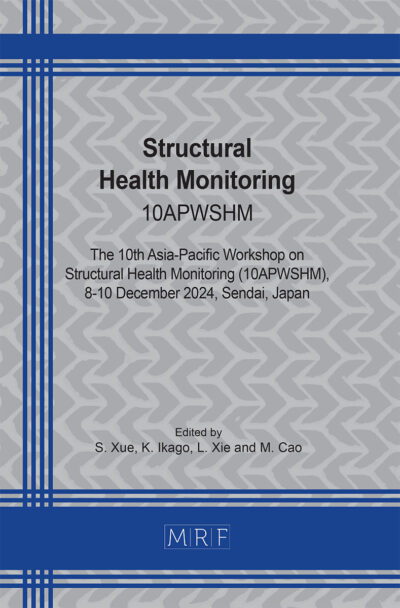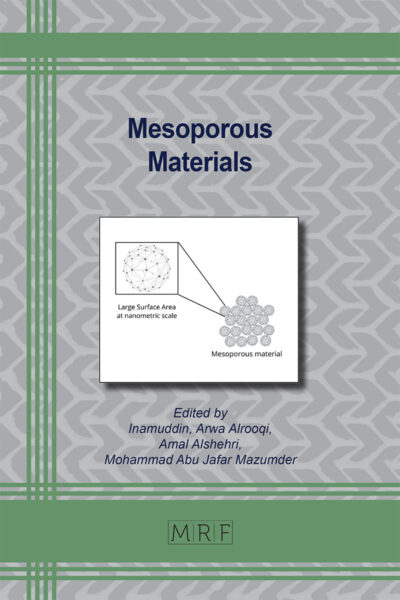Investigating the influence of nano coolant and cross-sectional variations on microchannel cooling for electronic devices
Ganesh BADIGER, Pavankumar SONAWANE, Namdev PATIL, Gunwant SHELAKE, Sandip JADHAV
Abstract: This study focuses on assessing the cooling capabilities of microchannels with different cross-sectional geometries for electronic devices. The use of nano coolant and computational fluid dynamics (CFD) research advances microchannel cooling technology, making electronic equipment more reliable and lasting longer. The technique uses computational fluid dynamics (CFD) models of microchannels with different cross-sections, cooled by Al2O3 nano coolant. The fluid flow behavior and heat transfer properties in the microchannels are studied by running simulations. The CFD results are validated compared to prior experimental and numerical investigations. Parameters including temperature distribution, pressure drop, and heat transfer rate are evaluated to determine the optimal cross-sectional shape for heat removal. Key findings include the trapezoidal cross-section demonstrating the highest heat transfer rate among the defined geometries, and circular microchannels exhibiting optimal performance when hydraulic diameters reach 500 µm and heat carrying capacities are 150 W/cm2, while maintaining a Reynolds number of 650. The study presents groundbreaking observations regarding the impact of cross-sectional geometry on heat transfer efficiency in microchannel cooling systems.
Keywords
Microchannel Cooling, Cross-Sectional Geometry, Nano Coolant, Computational Fluid Dynamics (CFD), Heat Transfer Efficiency
Published online 3/1/2025, 12 pages
Copyright © 2025 by the author(s)
Published under license by Materials Research Forum LLC., Millersville PA, USA
Citation: Ganesh BADIGER, Pavankumar SONAWANE, Namdev PATIL, Gunwant SHELAKE, Sandip JADHAV, Investigating the influence of nano coolant and cross-sectional variations on microchannel cooling for electronic devices, Materials Research Proceedings, Vol. 49, pp 338-349, 2025
DOI: https://doi.org/10.21741/9781644903438-34
The article was published as article 34 of the book Mechanical Engineering for Sustainable Development
![]() Content from this work may be used under the terms of the Creative Commons Attribution 3.0 license. Any further distribution of this work must maintain attribution to the author(s) and the title of the work, journal citation and DOI.
Content from this work may be used under the terms of the Creative Commons Attribution 3.0 license. Any further distribution of this work must maintain attribution to the author(s) and the title of the work, journal citation and DOI.
References
[1] L.T. Yeh, “Review of heat transfer technologies in electronic equipment”, J. Electron. Packag. 117 (1995) 7. https://doi.org/10.1115/1.2792113
[2] Basim Freegah, Ammar A. Hussain, Abeer H Falih and Hossein Towsyfyan , “CFD analysis of heat transfer enhancement in plate-fin heat sinks with fillet profile: investigation of new designs”, Thermal Science and Engineering Progress, (2019) 100458, pp. 1-35. https://doi.org/10.1016/j.tsep.2019.100458
[3] Thanathorn Hempijid and Chawalit Kittichaikarn , “Effect of heat sink inlet and outlet flow direction on heat transfer performance”, Applied Thermal Engineering, 164 (2020) 114375, pp. 1-14. https://doi.org/10.1016/j.applthermaleng.2019.114375
[4] Yuandong Zhang, Minjun Peng, Genglei Xia and Tenglong Cong, “Numerical investigation on local heat transfer characteristics of S-CO2 in horizontal semicircular microtube”, Applied Thermal Engineering, 154 (2019), pp. 380-392. https://doi.org/10.1016/j.applthermaleng.2019.03.082
[5] Deewakar Sharmaa, Parbar Pratham Singha and Harry Gargb, “Comparative Study of Rectangular and Trapezoidal Microchannels Using Water and Liquid Metal”, Procedia Engineering 51, (2013), pp.791-796. https://doi.org/10.1016/j.proeng.2013.01.113
[6] Ngoctan Tran , Yaw-Jen Chang, Jyh-tong Teng and Ralph Greif , “A study on five different channel shapes using a novel scheme for meshing and a structure of a multi-nozzle microchannel heat sink”, International Journal of Heat and Mass Transfer, 105, (2017), pp. 429-442. https://doi.org/10.1016/j.ijheatmasstransfer.2016.09.076
[7] Mohamed S., El-Genk and Mahyar Pourghasemi , “Nusselt number and development length correlations for laminar flows of water and air in microchannels”, International Journal of Heat and Mass Transfer, 133, (2019), pp. 277-294. https://doi.org/10.1016/j.ijheatmasstransfer.2018.12.077
[8] Karan Ghule and M.S. Soni, “Numerical Heat Transfer Analysis of Wavy Micro Channels with Different Cross Sections”, Energy Procedia, 109, (2017), pp. 471-478. https://doi.org/10.1016/j.egypro.2017.03.071
[9] Maher A.R. Sadiq Al-Baghdadi, Zainab M.H. Noor, Aimen Zeiny, Alan Burns and Dongsheng Wen , “CFD analysis of a nanofluid-based microchannel heat sink”, Thermal Science and Engineering Progress, (2020). https://doi.org/10.1016/j.tsep.2020.100685
[10] Y. Tu, and Y. Zeng , “Flow and heat transfer characteristics study of supercritical CO2 in horizontal semicircular channel for cooling process”, Case Studies in Thermal Engineering 21 (2020) 100691. https://doi.org/10.1016/j.csite.2020.100691
[11] Qifeng Zhu, Kunpeng Chang, Junjie Chen, Xinmin Zhang, Huixue Xia, Hongwei Zhang, Hua Wang and Haixia Li, Yangyang Jin , “Characteristics of heat transfer and fluid flow in microchannel heat sinks with rectangular grooves and different shaped ribs”, Alexandria Engineering Journal (2020). https://doi.org/10.1016/j.aej.2020.08.014
[12] Pankaj Kumar , “Numerical investigation of fluid flow and heat transfer in trapezoidal microchannel with groove structure”, International Journal of Thermal Sciences 136 (2019), pp. 33-43. https://doi.org/10.1016/j.ijthermalsci.2018.10.006
[13] Chang Kai Fung and Mohd Fadhil Majnis , “Computational Fluid Dynamic Simulation Analysis of Effect of Microchannel Geometry on Thermal and Hydraulic Performances of Micro Channel Heat Exchanger”, Journal of Advanced Research in Fluid Mechanics and Thermal Sciences, (2019).
[14] X.J. Shi, S. Li, B. Agnew and Z.H. Zheng , “Effects of geometrical parameters and Reynolds number on the heat transfer and flow characteristics of rectangular micro-channel using nano-fluid as working fluid”, Thermal Science and Engineering Progress, (2019). https://doi.org/10.1016/j.tsep.2019.100456
[15] Ayoub Abdollahi , Hussein A. Mohammed Sh.M. Vanaki and Rajnish N. Sharma , “Numerical investigation of fluid flow and heat transfer of nanofluids in microchannel with longitudinal fins”, Ain Shams Engineering Journal, (2018). https://doi.org/10.1016/j.asej.2017.05.011
[16] R. Vinoth and D. Senthil Kumar, “Channel cross section effect on heat transfer performance of oblique finned microchannel heat sink”, International Communications in Heat and Mass Transfer 87 (2017), pp. 270-276. https://doi.org/10.1016/j.icheatmasstransfer.2017.03.016
[17] Zhanying Zheng, David F.Fletcher and Brian S.Haynes , “Laminar heat transfer simulations for periodic zigzag semicircular channels: Chaotic advection and geometric effects”, International Journal of Heat and Mass Transfer 62(2013), pp. 391-401. https://doi.org/10.1016/j.ijheatmasstransfer.2013.02.073
[18] Essam M. Abo-Zahhad, Shinichi Ookawara, Ali Radwan, M.F. Elkady and A.H. El-Shazly , “Optimization of Stepwise Varying Width Microchannel Heat Sink for High Heat Flux Applications”, Case Studies in Thermal Engineering.
[19] M. Srinu Raj, Ravindra prasad and Harivennkateswara Rao , “Using Computational Fluid Dynamics And Analysis Of Microchannel Heat Sink”, International Journal of Engineering Inventions (2015).
[20] Tu-Chieh Hung, Yu-Xian Huang, Wei-Mon Yan , “Thermal performance analysis of porous-microchannel heat sinks with different configuration designs”, International Journal of Heat and Mass Transfer, (2013). https://doi.org/10.1016/j.ijheatmasstransfer.2013.07.019
[21] M. Kalteh, A. Abbassi, M. Saffar-Avval, J. Harting and Eulerian-eulerian “two-phase numerical simulation of nanofluid laminar forced convection in a microchannel”, Int. J. Heat Fluid Flow 32 (2011), pp. 107-116. https://doi.org/10.1016/j.ijheatfluidflow.2010.08.001
[22] V. Bianco, F. Chiacchio, O. Manca and S. Nardin, “Numerical investigation of nanofluids forced convection in circular tubes”, Appl. Therm. Eng. 29 (2009), pp. 3632-3642. https://doi.org/10.1016/j.applthermaleng.2009.06.019
[23] Y. He, Y. Men, Y. Zhao, H. Lu and Y. Ding, “Numerical investigation into the convective heat transfer of TiO2 nanofluids flowing through a straight tube under the laminar flow conditions”, Appl. Therm. Eng. 29 (2009), pp. 1965-1972. https://doi.org/10.1016/j.applthermaleng.2008.09.020
[24] J.Y. Jung, H.S. Oh and H.Y. Kwak, “Forced convective heat transfer of nanofluids in microchannels”, Int. J. Heat Mass Transf. 52 (2009), pp. 466-472. https://doi.org/10.1016/j.ijheatmasstransfer.2008.03.033
[25] Liang Xia and Yue Chan , “Investigation of the enhancement effect of heat transfer using micro channel”, Energy Procedia 75 ( 2015 ), pp. 912 – 918. https://doi.org/10.1016/j.egypro.2015.07.234

